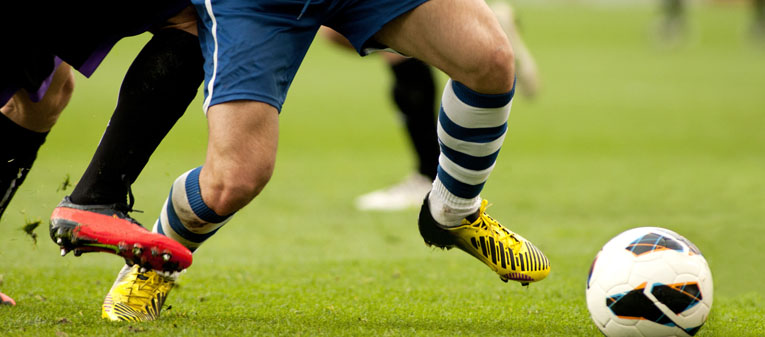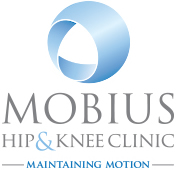
PCL (posterior cruciate ligament) reconstruction
PCL prevents the tibia from moving backwards too far. An injury to the PCL requires a powerful force. PCL has two parts that blend into one structure that is about the size of a person's little finger. A common cause of injury is a bent knee hitting a dashboard during a car accident or a football player falling on a knee that is bent.
Many times, PCL injury occurs along with injuries to other structures in the knee such as cartilage, other ligaments, and bone. PCL tears tend to be partial tears with the potential to heal on their own.
People who have injured just their PCL are usually able to return to sports without knee stability problems. Basically, patients may be recommended simple, nonsurgical options. We may recommend surgery if you have combined injuries. For example, if you have dislocated your knee and torn multiple ligaments including PCL, surgery is almost always necessary.
Because sewing the ligament ends back together does not usually heal, PCL must be rebuilt. We will replace your torn ligament with a tissue graft. This graft is taken from another part of your body, or from another donor. It can take several months for the graft to heal into your bone.
Surgery to rebuild PCL is done with an arthroscope using small incisions like ACL reconstruction. In PCL reconstruction, portals are also made in the back of the knee to insert the arthroscope and instruments. In the most common PCL reconstruction technique, bone tunnels are drilled into the tibia and the femur to place the PCL graft in almost the same position as the torn PCL. To verify the correct drilling, X-ray may be used during surgery.
As with any surgery, there are risks associated with PCL reconstruction. These occur infrequently and are minor and treatable. Potential postoperative problems with PCL reconstruction include:
- Infection
- Bleeding
- Numbness
- Blood clot
- Instability (due to rupture or stretching of the reconstructed ligament)
- Stiffness
- Extensor mechanism failure (rupture of the patellar tendon or patella fracture may occur due to weakening at the site of graft harvest)
- Growth plate injury in young children or adolescents
Physiotherapy is a crucial part of successful PCL surgery, with exercises beginning immediately after the surgery. Much of the success of PCL reconstructive surgery depends on the patient's dedication to rigorous physical therapy.
In the first 10 days after surgery, the wound is kept clean and dry, and early emphasis is placed on regaining the ability to fully straighten the knee and restore thigh muscle control. The knee is iced regularly to reduce swelling and pain. Weight-bearing status is also determined by the patient’s condition, including other injuries addressed at the time of surgery.
The goals for rehabilitation of PCL reconstruction include reducing knee swelling, maintaining mobility of the patella (to prevent anterior knee pain problems), regaining full range of motion of the knee, as well as strengthening the thigh and hamstring muscles.
The patient may return to sports when there is no longer pain or swelling and when full knee range of motion has been achieved. Also, one’s muscle strength, endurance and functional use of the leg should be fully restored before returning to playing sports. Usually, it takes 5 to 6 months after surgery to return to full-contact sports.





